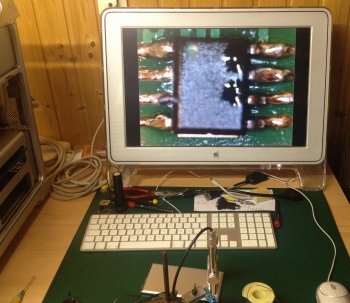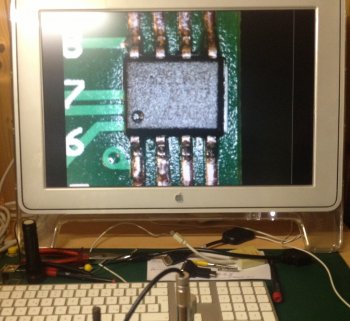It's really better to test these drivers in an EFI Shell before inserting them into your boot rom, if you download the rEFInd cd it has a shell you can enter.
You'll need to put the drivers on a Fat32 partition, the EFI partition of one of your GUID formatted drives should be good. If you search around the inter webs you can find info on how to mount your EFI partition, then just copy the drivers you want to test to it.
Burn the rEFInd cd and boot from it, open the shell and find the EFI partition you saved the drivers to. it's sort of a mix of dos and unix commands, and its not always intuitive.
That will give you the file system of the first mapped drive.
This gives the second mapped file system.
List files and directories of the current mapped file system.
Once you find the correct file system, the one you saved the EFI drivers to, then you need to load them.
Once you load the drivers, you'll need to connect them.
Now check if your driver are linked and loaded to a device.
That will give you a list of all the loaded drivers with the path on the left, then - - - -, or - - - 1 or - -0 1 1, basically if you see a number after the driver path instead of all dashes, then your drivers have linked and loaded to a device, and they should only load for you XHCI PCI card and link to it.
Then I suppose you want to test if the card is working correct, and can take part in the boot process, so you'l want to connect a USB drive to it, preferably before you load the drivers and reconnect them. Then, I think, you need to map the file system of you USB drive into the system. For this reason it's best to have a Fat32 formatted USB drive.
Tho, your Mac has an HFS+ driver and a APFS driver, and they should be loaded and those partitions should get mapped at boot time, we're just using Fat32 because it's the least complicated and best supported filesystem for EFI/UEFI firmwares.
That command may not be correct, I'll have to check.
Then:
See of you can see the file system of you USB drive connected to the XHCI PCI card.





